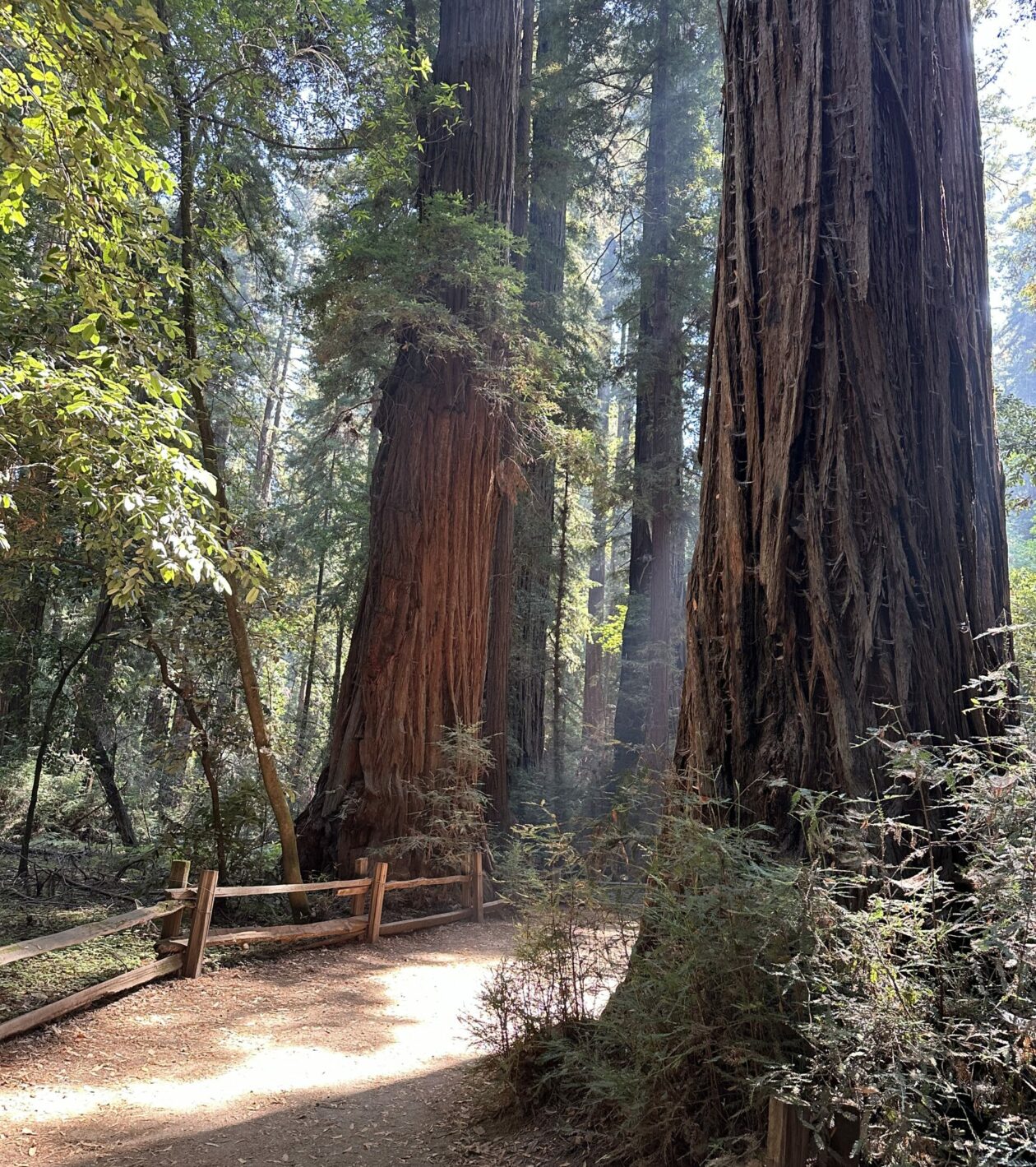1 Redwood Thunder
Redwood thunder is an uncommon but not rare event. It occurs when a large redwood tree falls to the forest floor, sometimes striking and taking other redwoods, firs, spruce, oaks, and maples with it. A cubic foot of redwood weighs 50 pounds, so if a moderately large 20,000 cubic foot redwood topples that is a million pounds, or 500 tons of wood crashing to the earth.
For redwood thunder to occur usually soaked soil and wind are required, though if the tree fractures on itself soaked soil is not an ingredient. Sometimes before redwood thunder occurs the tree will lean against an adjacent tree, with the trunks and branches rubbing with the wind and making screeching sounds like giant stringed instruments.
All redwood trees eventually topple, or at least break off down to a low point on the trunk. If a given old growth redwood has a one in a thousand chance of falling in any given year than that means, based on acres of old growth redwoods, the average annual tree fall count in the large redwood parks is about 300 trees, per park.
If there are multiple trees involved in a tree fall or if the tree falls across a creek, the tree fall is noticeable in Google Earth. If you hike the same trails over several years you will for sure see trees that have recently fallen. Their upper trunks are huge and their logs run sometimes more than a football field along the forest floor.
`
2 Examples of Tree Falls
Here are several examples of tree falls I ran across in 2016. Included are a picture I took of the tree fall accompanied by before and after Google Earth views of the tree fall areas (using Google Earth historical imagery).
In Humboldt redwoods a neighbor of the big Dyerville Giant log fell in the late spring 2016. Its trunk shattered and splintered into sections where it struck the Dyerville Giant log.
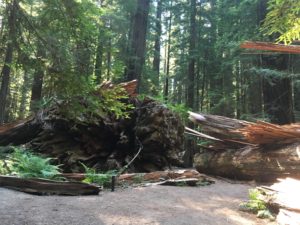
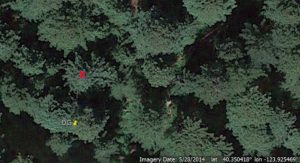
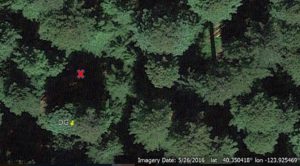
Another recent tree fall in Humboldt was in the area where a seasonal foot bridge is put in to link the Rockefeller Redwood area to the Giant Tree area on either side of Bull Creek in the upper Bull Creek Flats. The new big log is used a lot to cross the creek, though it would be a pretty tough eight foot or so fall from the log to the rocky creek bottom if your foot or the bark slipped.
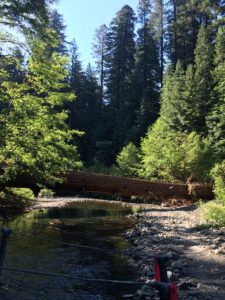
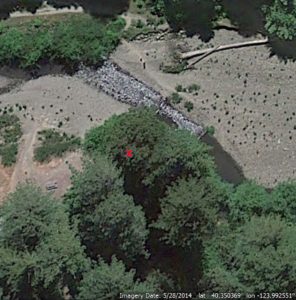
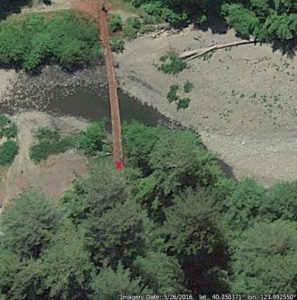
A third fall in Humboldt occurred in Harper Flat. The tall north side of a twin trunk redwood fell in the last couple years.
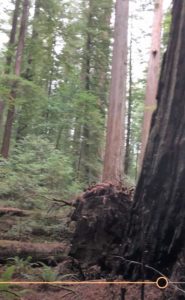
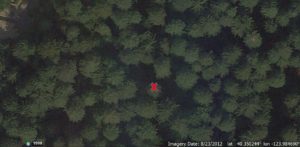
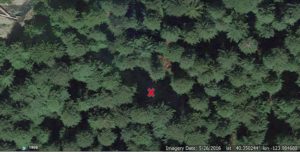
The final example is in an area of tall hillside redwoods on the east side of Redwood Creek a little north of McArthur creek near the seasonal foot bridge. Here the tree fall took out a number of redwoods and the whole group of fallen trees is slowly sliding down toward Redwood Creek.
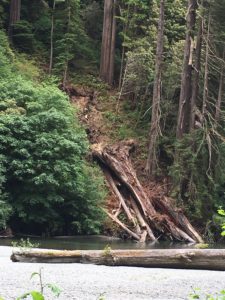
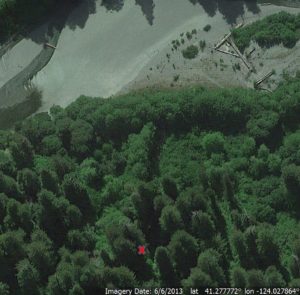
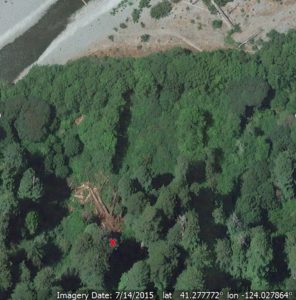
3 What Can Be Learned From Fallen Redwoods
A recently fallen redwood is a great opportunity for whole tree research once the soil in the fall area has stabilized. The root system and affixed soils can be studied without any digging, this is the big primary benefit. But also core samples can be extracted without having to climb and core living trees. The canopy structure can be measured and reviewed without climbing and an unlimited amount of destructive sampling can be done.
Thanks for reading.
